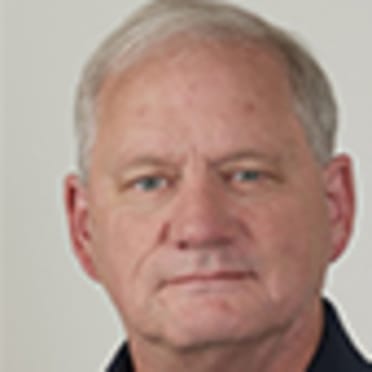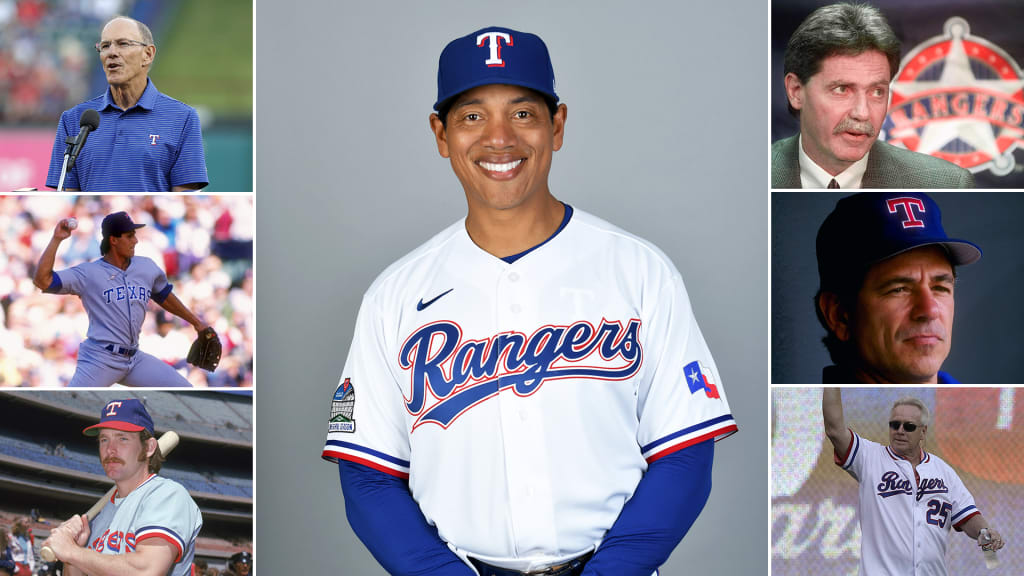
ARLINGTON -- Toby Harrah was taken by the Washington Senators in the 1967 Minor League Draft and that led to Luis Ortiz becoming the Rangers hitting coach today.
To understand how a minor transaction from 53 years ago still impacts the Rangers, the trail starts with a 19-year-old infielder in the low Minors, includes two other Rangers Hall of Famers and one of the most colorful and controversial players in the game before reaching Ortiz.
Here's a breakdown:
The Phillies' loss
Harrah was a four-sport star at Marion Elgin (Ohio) School who was not taken in the 1966 MLB Draft because the assumption was he would play football at Ohio Northern University. But when Harrah didn’t enroll, he was signed by Phillies scout Tony Lucadello.
Harrah played one season in the Class A Northern League before he was taken by the Senators in the Minor League phase of the 1967 Rule 5 Draft. By '71, he was the Senators' regular shortstop, moving with the club to Texas and becoming a three-time All-Star.
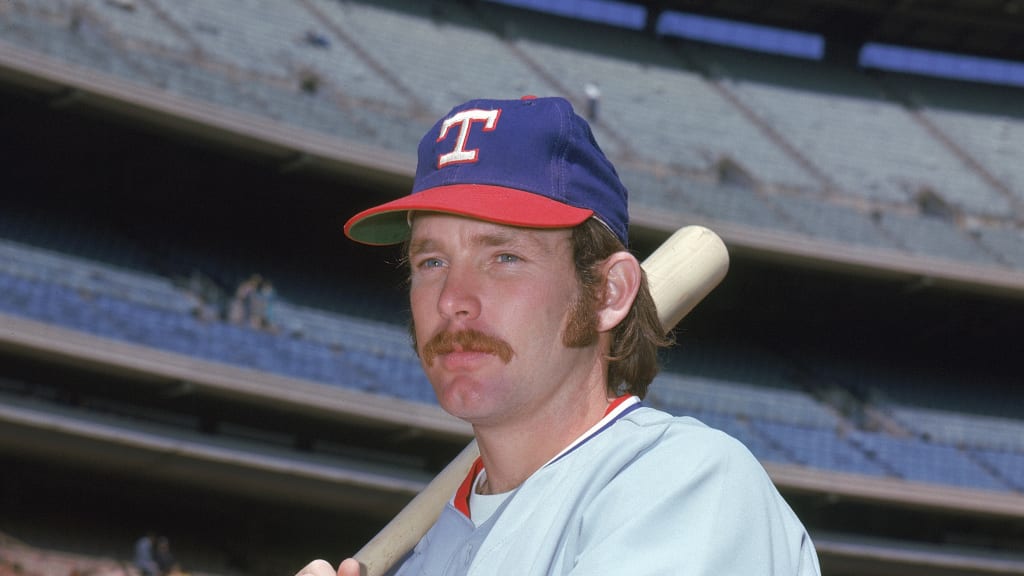
Harrah for Bell
Harrah spent six seasons at shortstop before the Rangers moved him to third base in 1977 after signing free agent Bert Campaneris. Then they traded Harrah to the Indians for Buddy Bell during the '78 Winter Meetings.
It was a curious trade considering they both played the same position. Bell was three years younger, the better defensive player and the Rangers wanted strong defense at the corner. Harrah had hit 27 homers and driven in 93 RBIs in 1977. He fell off in '78, but the Indians wanted more offense.
Bell for Russell
Bell flourished in Texas. From 1979-84, he won six Gold Glove Awards, made four All-Star teams and was a three-time Rangers Player of the Year. He and George Brett were the two best third basemen in the American League. The downside was that the Rangers had losing records in four of those six seasons.
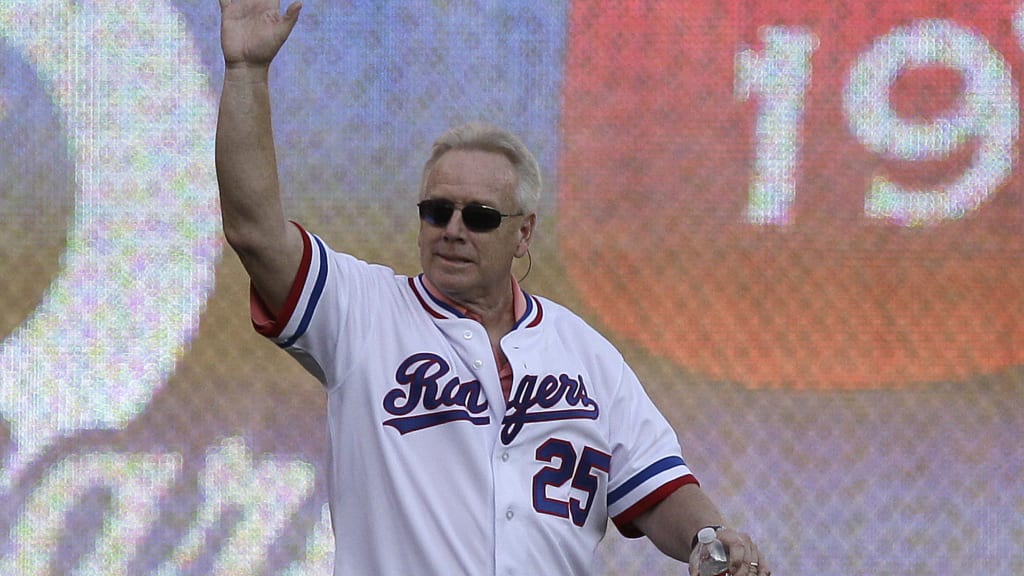
By 1985, the Rangers were being led by new general manager Tom Grieve and manager Bobby Valentine. It was time for a rebuild, and Bell, frustrated by the losing, wanted out.
The Rangers shopped Bell around that summer and found the Reds to be interested. It wasn’t the blockbuster they hoped for, as the return landed them part-time outfielder Duane Walker and right-hander Jeff Russell, 23, who had lost 18 games the year before.
“We really wanted Jeff Russell,” Grieve said looking back on the deal. “He was a big strong kid, threw in the mid-90s, great arm, loved his potential. I remember just before the trade going to see him pitch in the Minor Leagues. We were very happy to get Jeff Russell in a trade for Buddy Bell.”
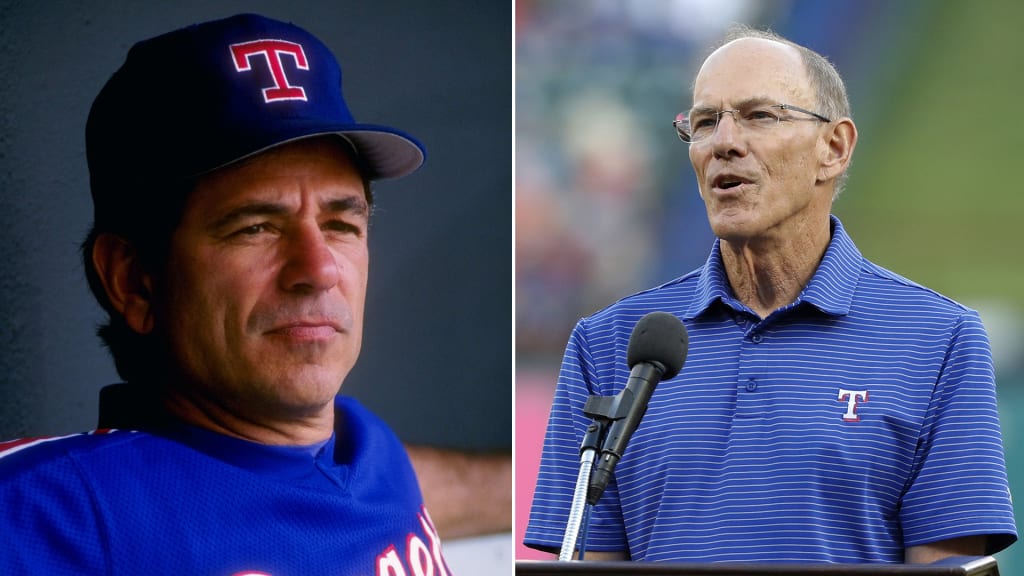
The blockbuster
Russell did well in Texas. He was an All-Star as a starter in 1988 and then volunteered to be the closer in '89 after Mitch Williams was traded to the Cubs. That was his role going into '92, and the Rangers had high hopes that season after winning 85 games in '91.
But Valentine was fired and the Rangers faded from contention in the second half. Russell and outfielder Ruben Sierra were both free agents and the Rangers were eager to get out from under pitcher Bobby Witt’s contract.
On Aug. 31, the Rangers traded all three players to the Athletics for five-time All-Star Jose Canseco -- a deal that shocked the baseball world.
The Rangers were taking on Canseco’s $20.4 million contract over the next four seasons -- big money back then -- but the club was building a new ballpark and co-owner George Bush wanted somebody who could “put fannies in the seats.”
Russell signed a two-year deal with the Red Sox after the season, then he returned in 1995-96 to finish his career with the Rangers. He has since joined Harrah and Bell in the Rangers Hall of Fame.
Oh say, Canseco
As expected, Canseco made headlines in Texas. Most notable was in 1993, when he had a fly ball hit off his head and go over the fence for a home run. That same week, manager Kevin Kennedy let him pitch an inning while the Rangers were getting blown out in Boston. He suffered a torn ligament in his right elbow and required Tommy John surgery.
Canseco missed the rest of the season but came back strong in 1994 to hit .282 with 31 home runs and 90 RBIs in 111 games before the season ended early due to the players' strike.
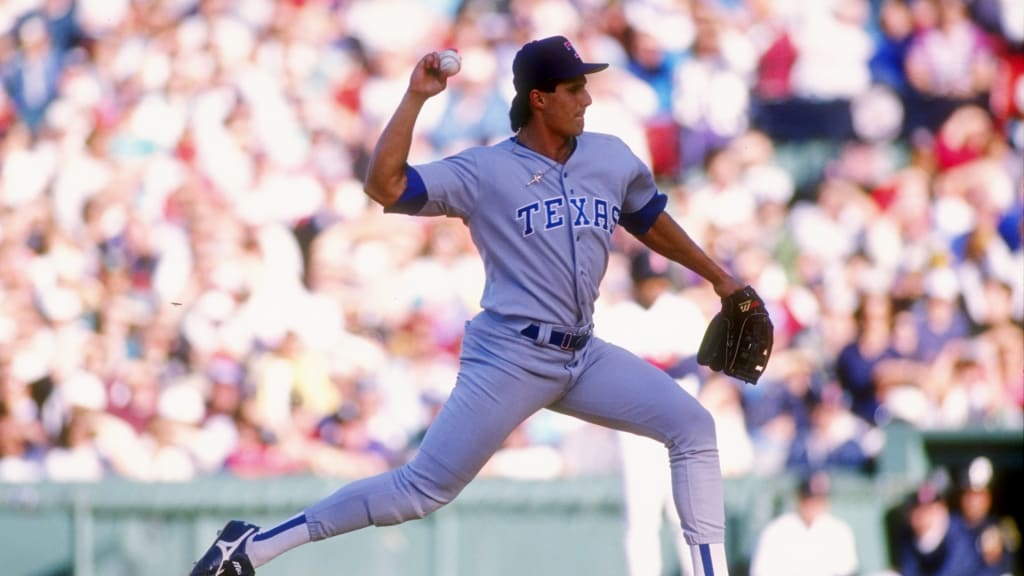
After the season, the Rangers let go of Grieve and Kennedy. Doug Melvin was named general manager and he brought in Johnny Oates as manager. Neither were interested in a right-handed designated hitter when there were other needs to fill. Melvin wanted pitching and a center fielder.
The Red Sox, who had just hired Kennedy as manager, needed right-handed power. So, the Rangers traded Canseco to Boston for outfielder Otis Nixon and Ortiz. By unloading the remainder of Canseco’s contract, the Rangers were able to sign free agent starter Kevin Gross.
Future hitting coach
Ortiz was from the Dominican Republic but had played at Union University in Tennessee and was fluent in English. His wife, Susan, is from Seattle.
Ortiz was a legitimate first base prospect but had spent two seasons at Triple-A. The Red Sox had Mo Vaughn at first and no room for Ortiz. The Rangers didn’t either, with Will Clark at first.
Ortiz had two brief stays with the Rangers from 1995-96, but he spent most of his time in Triple-A. His next seven years were spread out between Japan, Mexico, Canada and the United States.
But, after being acquired by the Rangers, Ortiz and his wife made Texas their permanent home to raise their four children. When his playing career was over, Ortiz ran a baseball youth academy in Tarrant County while producing books and videos about hitting instruction. Some of students ended up being Draft targets by the Rangers.
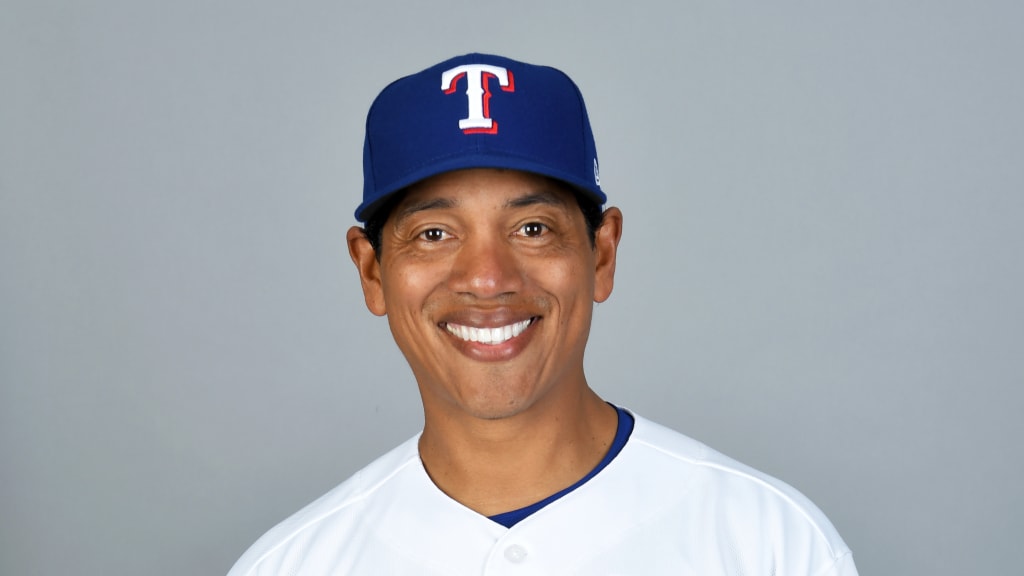
That’s how Rangers farm director Scott Servais and assistant general manager A.J. Preller got to know Ortiz and ended up hiring him as a Minor League instructor in 2008.
“He was a great fit because of his knowledge and experiences,” Servais said. “Being from the D.R., went to college in U.S., went on to play in big leagues and the fact that he was working in the private sector, he had a unique résumé that was a great fit in so many ways toward what we were building in Texas.”
Ortiz spent the next 11 years building a résumé that ultimately led the Rangers to hiring him as hitting coach. It is safe to say that likely would not have happened without the trade from Boston and Ortiz taking up residence in Texas. Ortiz said that he and Susan likely would have settled in the Seattle area.
That’s how a Minor League transaction from 53 years ago still impacts the Rangers today.
